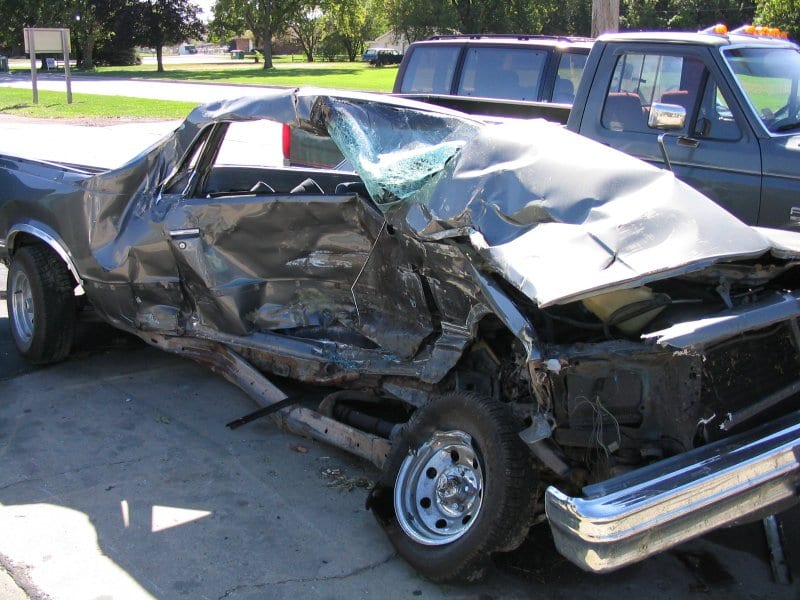In Pennsylvania, there is no cap on pain and suffering damages, but how much you get depends on your lawyer’s ability to impress the insurance adjuster or the jury, if you go to trial.
Philadelphia, PA – The amount of damages you can get for a car accident in Philadelphia depends primarily on the severity of your injuries and the extent to which they impact your life. The type of insurance you have will also be a factor.
Pennsylvania has a mixed insurance system. While it is known as a no-fault state, Pennsylvania allows motorists to opt out and choose at-fault, or tort insurance.
The difference between PIP and at-fault insurance
The no-fault system requires motorists to carry Personal Insurance Protection or PIP. This type of insurance allows you to recover damages for an accident no matter who was at fault. You can get compensation even if you were 100% to blame for what happened. However, you can only recover up to the limit of your policy and you cannot get damages for pain and suffering.
This will work just fine in a minor accident that results in a few scratches to your car and some bruises. If you sustain severe injuries, something like spine damage, broken bones, burns, or brain trauma, your PIP may not cover the current medical expenses, not to mention the treatments or care you may need in the future.
If you’re in this type of situation, don’t hesitate to talk to an experienced Philadelphia car accident attorney.
To file a claim against someone else’s insurance or sue them, you’ll have to step outside the no-fault system and prove the other driver was at fault.
Your lawyers will have to establish the cause of the crash and the fact that the other driver was negligent.
How does comparative negligence impact a car accident claim in Philadelphia?
Pennsylvania follows a modified comparative negligence rule. If a driver is found to be 51% or more at fault in a crash, he or she will be barred from claiming any monetary compensation.

Let’s say you were in a serious crash. Once you have exhausted your PIP coverage, you will have to file a claim against the other driver and prove it was his fault. This is when the blame game starts. The insurance adjuster will look at any pretext to minimize the value of your claim.
For instance, they may claim you were distracted by your kid in the backseat so you are 10-20% to blame for what happened. If you were a bit over the speed limit, that also puts you at fault. There goes another 10% of your damages.
To avoid losing money, you should leave this part to seasoned Pennsylvania accident lawyers who know traffic and insurance regulations better than you.
How much is my car accident claim worth?
Once the blame-assigning part is over, you still need to determine how much your claim is worth. The economic damages consist of your medical bills and lost wages so they’re fairly easy to calculate.
Non-economic damages on the other hand are not, as they refer to your pain and suffering, and there are no bills you can present for that. You’ll need knowledgeable attorneys to put a figure on your physical and mental suffering.
In Pennsylvania, there is no cap on pain and suffering damages, but how much you get depends on your lawyer’s ability to impress the insurance adjuster or the jury, if you go to trial.


Join the conversation!